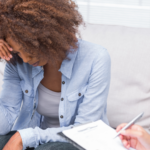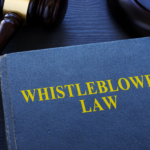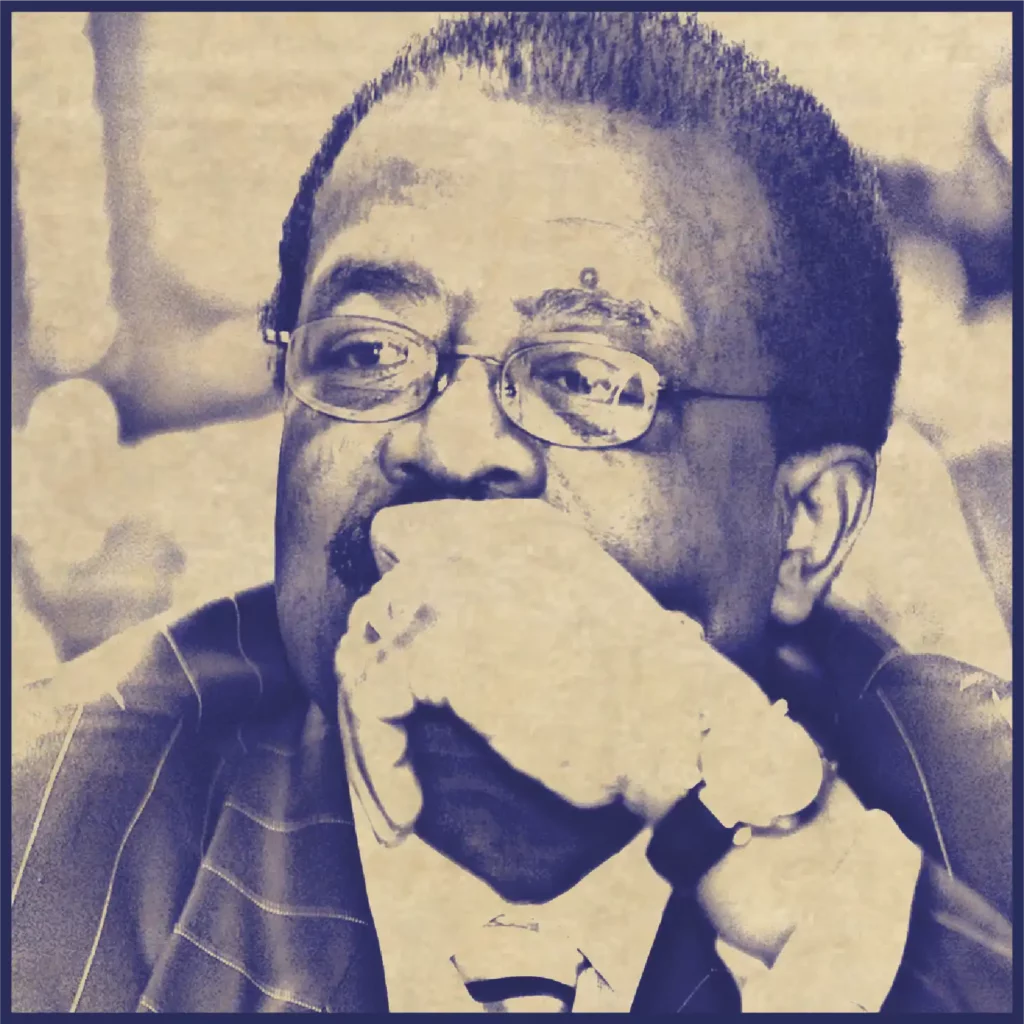America was founded on protests, the most famous of which was the Boston Tea Party. Thanks to our right to free assembly, Americans have chosen protests as a means to get a message out to those in power that there is a grievance that needs examination. We have been fortunate that many of our most potent protests have been largely non-violent, though not all of them have been.
Many of our most precious civil rights victories were preceded by a major protest by the American people over injustices. From the abolition of slavery all the way to the current protests about gun violence in schools, the history of the advancement of civil rights is linked to historical protests. Here are just a few of the landmark ones.
The Civil Rights movement was filled with protests, some quite violent due to anti-protesters, but the one that pushed the cause over the edge was the March on Washington on Aug. 28, 1963. This nonviolent protest met in front of Lincoln Memorial where Martin Luther King Jr. gave his “I Have A Dream” speech. It was among the largest protests ever assembled in Washington in a time before modern communications, drawing people from all across America to march for the rights of minorities.
Like the civil rights movement, the women’s suffrage movement had many protests large and small. But the movement picked up major steam after the Seneca Falls convention in 1848 when a guiding document called the Declaration of Sentiments was published as a guideline for what the women’s suffrage movement was trying to achieve. Sadly, it wasn’t until 1920 that a federal amendment made women’s suffrage legal nationwide. Most of the women who guided the movement had died by that point.
The most recent mass protest in March of this year was the March for Our Lives, organized after the school shooting in Parkland, Florida. It was one of the largest protests in American history. Estimates vary widely, but at least 1.2 million participated in the protest, which demanded restrictions on gun rights to prevent school shootings. It remains to be seen how lawmakers will react and how this new movement will respond to future developments.
The largest single-day protest ever held was on January 21, 2017 as a protest for the rights of minorities after the election of an administration widely seen to be hostile to those rights. Washington D.C. saw over half a million protestors, but hundreds of other events in the US drove the number of participants to several million. A similar protest in 2018 brought an estimated 1.5 million marchers.
Every time a protest happens, pressure is put on those who keep people from achieving their goals. Peaceful protest has been shown to work given time, pressure, and the awareness of the cause. Those who participate in protests are following in the footsteps of other Americans who worked to help us all grow closer to our founding ideals of liberty and justice for all.
Contact us today for a Free Consultation





